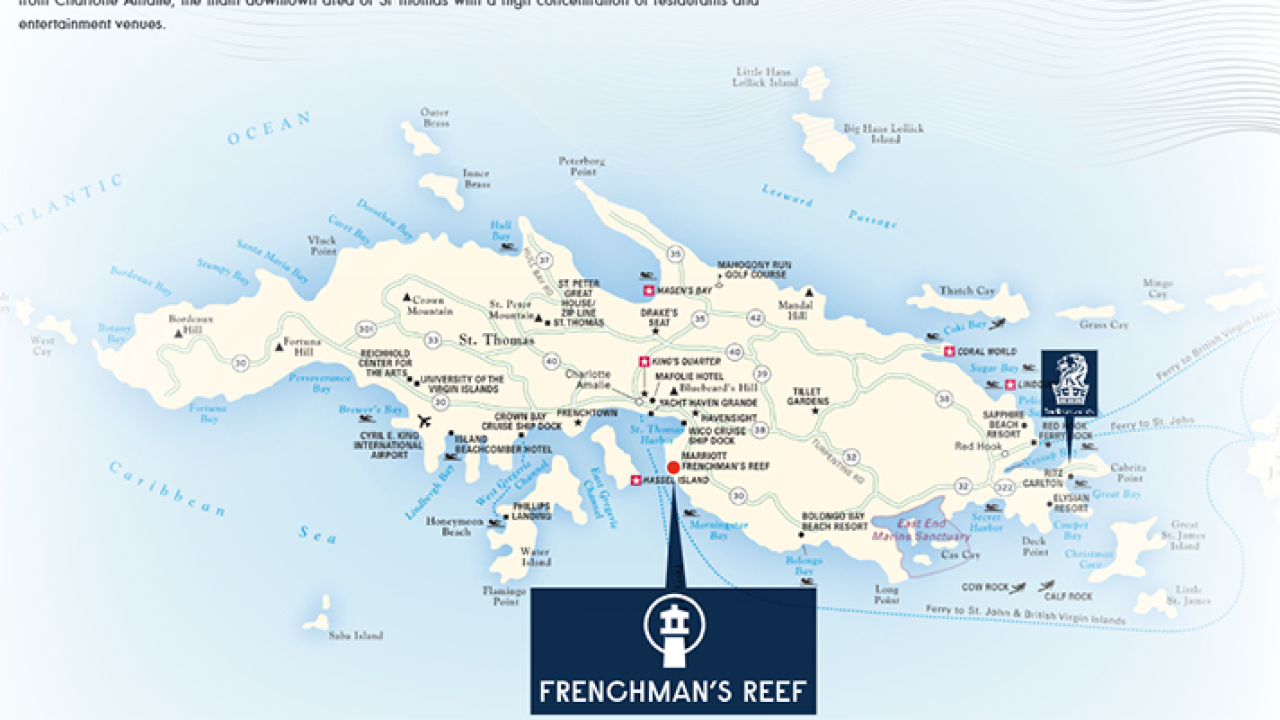Municipals had a better tone Thursday in secondary trading but underperformed a stronger U.S. Treasury market as economic indicators sent more mixed messages to analysts while municipal bond mutual funds reported a third consecutive week of inflows.
Triple-A yields fell one to three basis points while Treasury yields were down eight to 10 basis points 10-years and in.
The two-year ratio Thursday was at 72%, the five-year at 72%, the 10-year at 74% and the 30-year at 90%, according to Municipal Market Data's 3 p.m. ET read. ICE Data Services had the two-year at 70%, the five-year at 70%, the 10-year at 70% and the 30-year at 88% at 4 p.m.
A couple of "bond-friendly" economic reports released Thursday could encourage the Federal Reserve to reduce interest rates in the near future, some analysts argued.
April U.S. retail sales rose 0.1% from March after rising sharply the prior month, while producer prices dropped 0.5% month-over-month following a little change in March.
Sal Guatieri, senior economist at BMO, said "softer retail sales and a surprising decline in producer prices in April may keep the Fed on track for a summertime rate cut," while James Knightley, chief international economist at ING, said the morning's "interesting set of U.S. macro numbers in general suggest the Federal Reserve will be in a position to loosen monetary policy later in the year."
Retail sales rose 0.1%, "close to expectations, following an upwardly revised 1.7% spike in March that was partly motivated by tariff front-running," Guatieri noted. This "suggests that real consumer spending downshifted further in the second quarter, as sentiment dove as the trade war ramped up. A subsequent rolling back of some tariffs and rebound in equities should support spending in future months, assuming further progress on the trade front."
Separately, producer prices "surprisingly" fell 0.5% in April after stalling in March, "slashing the yearly rate to 2.4% from 3.4%," Guatieri said. "Core producer prices declined 0.4%, reversing the prior month's gain and lowering the yearly rate to 3.1% from 4%. As with the CPI release, tariffs have yet to make much of a mark on pricing, though it's likely just a matter of time."
These "bond-friendly reports suggest the U.S. economy remained soft heading into the spring while inflation moderated," Guatieri noted. "Should these trends persist, the Fed will likely judge that any tariff-driven rise in inflation will be transitory, and resume lowering rates this summer."
While retail sales were mainly in line with expectations, the core rate, which excludes such volatile items as gasoline, autos and building materials, fell 0.2%, well below expectations of a 0.3% increase.
"This would be a very poor outcome given that the market had expected a continuation of pre-emptive buying to get ahead of tariff-induced price hikes," Knightley said.
He noted that the core measure "has a track record of better reflecting the underlying trend within consumer spending."
Regarding the PPI report, Knightley noted that year-on-year reports "have slowed markedly for headline PPI. With last week's CPI report also producing relatively benign 0.2% [month-over-month] outcomes, there is little evidence, so far, that tariffs are inflationary and instead, profit margins are being squeezed. As such, we still feel the Fed will be in a position to resume moving interest rates closer to neutral later in the year."
Analysts at FHN Financial called the PPI decline "a shock," noting that the core PPI, which excludes food, energy and trade services, also dropped. "In the past two months, year-on-year measures of the headline and core PPI turned sharply lower despite tariffs imposed on all U.S. trade partners," they said. "Bear in mind, imports only represent a fraction of the overall economy, and although increased goods prices will have a ripple effect, the sharp turn in the PPI is likely reflective of a slowdown in demand and growth as orders dropped following the tariffs."
Regarding the muni market, analysts at J.P. Morgan Securities said that "tax-exempt ratios largely suggest value versus corporates and taxable municipals across the curve. Tax-exempts are cheap versus taxable municipals and versus most spots on the corporate curve. In particular, yields still appear attractive when considering our long-term projections for lower rates in 2025."
Analysts at BlackRock also see "favorable opportunities at today's adjusted absolute and relative valuations."
The firm is "cautiously aggressive, ensuring we maintain appropriate cash balances while also adding attractive bonds at higher yields."
In particular, "we have shifted to long duration. We favor an up-in-quality bias given a more attractive opportunity set following the recent market correction. We advocate a barbell yield curve strategy, pairing front-end exposure with the 15–20-year part of the curve. We are increasingly selective in sectors with outsized policy risks, including higher education and healthcare," they said.
New issue market
In the primary market Thursday, Barclays priced $507.79 million Washington State Housing Finance Commission nonprofit revenue bonds for the Blakeley and Laurel Villages Portfolio (/AA//). The issue included $472.805 million Series 2025A bonds priced as 5s to yield 3.79% in 7/2029, 5s of 7/2030 to yield 3.79%, 5s of 7/2035 to yield 4.24%, 5s of 7/2040 to yield 4.70%, 5s of 7/2045 to yield 5.06%, 5.5s of 7/2050 to yield 5.58%, 5.25s of 7/2055 to yield 5.29%, 5.75s of 7/2060 to yield 5.71%, and 5.25s of 7/2064 to yield 5.58%. There were also $34.985 million Series 2025B term bonds (NR) priced as 7s to yield 6.95% in 7/2064.
Morgan Stanley & Co. priced $300 million of New Jersey Economic Development Authority Series 2025 dock and wharf facility revenue bonds for the Repauno Port & Rail Terminal Project (NR). The issue is a limited public offering open only to "qualified institutional buyers." The issue included $150 million of 6.375s priced at 99 to yield 6.516% in 1/2035 and $150 million 6.625s priced at 99 to yield 6.717% in 1/2045.
Piper Sandler priced $158.13 million Bedford City School District, Ohio, (/AA//) BAM- insured GO school improvement bonds. The issue included 5.5s of 12/2025 priced to yield 3.35%, 5.5s of 12/2030 to yield 3.58%, 5.5s of 12/2035 to yield 4.07%, 5.5s of 12/2040 to yield 4.52%, 5.5s of 12/2045 to yield 4.94%, 5.5s of 12/2050 to yield 5.03%, 5.5s of 12/2055 to yield 5.10%, and 5/5s of 12/2058 to yield 5.14%.
Fund flows
Investors added $768.9 billion to municipal bond mutual funds in the week ended Wednesday, following $1.057 billion of inflows the prior week, according to LSEG Lipper data.
High-yield funds saw inflows of $139.6 million compared to the previous week's inflows of $347.8 million.
Tax-exempt municipal money market funds saw outflows of $3.03 billion for the week ending May 13, bringing total assets to $140.15 billion, according to the Money Fund Report, a weekly publication of EPFR.
The average seven-day simple yield for all tax-free and municipal money-market funds fell to 1.89%.
Taxable money-fund assets saw $19.27 billion added, bringing the total to $6.78 trillion.
The average seven-day simple yield was at 3.97%.
The SIFMA Swap Index rose to 3.34% on Wednesday compared to the previous week's 1.74%.
AAA scales
MMD's scale was little changed: The one-year was at 2.85% (unch) and 2.86% (unch) in two years. The five-year was at 2.92% (-2), the 10-year at 3.29% (-2) and the 30-year at 4.43% (unch) at 3 p.m.
The ICE AAA yield curve was bumped up to three basis points: 2.83% (-3) in 2026 and 2.83% (unch) in 2027. The five-year was at 2.93% (-3), the 10-year was at 3.27% (-3) and the 30-year was at 4.40% (-3) at 4 p.m.
The S&P Global Market Intelligence municipal curve was mixed: The one-year was at 2.85% (unch) in 2025 and 2.86% (unch) in 2026. The five-year was at 2.93% (-1), the 10-year was at 3.31% (-1) and the 30-year yield was at 4.42% (unch) at 4 p.m.
Bloomberg BVAL was bumped up to two basis points: 2.83% (-1) in 2025 and 2.88% (-1) in 2026. The five-year at 2.99% (-1), the 10-year at 3.31% (-2) and the 30-year at 4.42% (unch) at 4 p.m.
Treasury yields fell.
The two-year UST was yielding 3.96% (-9), the three-year was at 3.95% (-10), the five-year at 4.06% (-10), the 10-year at 4.45% (-8), the 20-year at 4.938% (-6) and the 30-year at 4.912% (-6) at the close.





